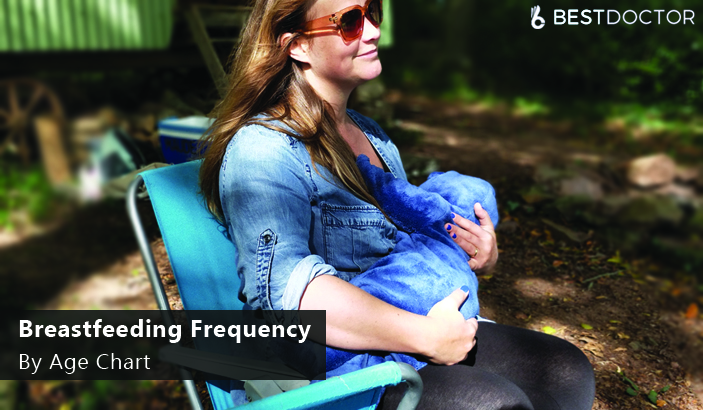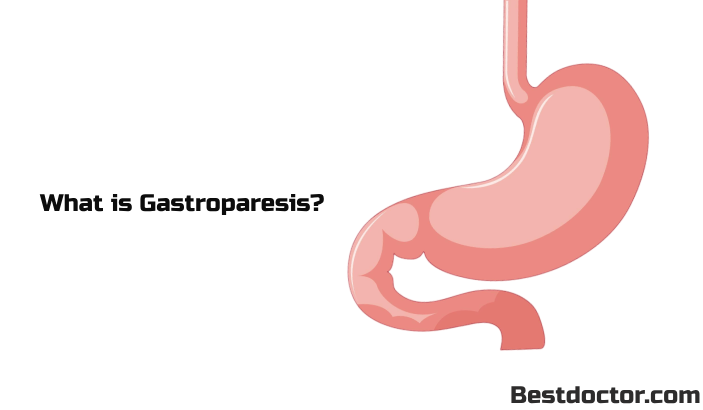Do you know that your baby is very hungry from the day he is born? Yes, we often heard about how important breastfeeding is. But as a new mom, it is a challenging task, especially that babies are quite sensitive. And as a mother, the best for your child is always the utmost concern and knowing the breastfeeding frequency by age chart is a must.
How Long is A Breastfeeding Session?
Your baby tends to be sleepy all the time. And newborns are fed around 20 to 45 minutes every session. In feeding your baby, your goal should be from both sides. So after your baby burps from one side, you can move to the other. If your baby is used to feeding on one side, it might be hard for you. So from the start, make sure that your baby is fed on both sides.
Breastfeeding Frequency By Age
Your feeding schedule will be unpredictable during the first few months from the time your baby is born. You will come to the point when you need to feed your baby almost all the time because he might feel hungry easily. But this is just normal, and your baby’s demand will become less over time. Sometimes, you will need to feed him every 3 hours. Other times, your baby will ask milk after an hour and a half. And you will also realize that breastfed babies demand more milk than formula-fed babies; this is because breast milk can be digested easily.
First Week
It is common for your baby to sleep, especially in the first few days from the time he is born. It is advisable to nurse your baby every 3 hours so that he won’t be hungry more often. This may sound too much, but your baby needs milk for him to grow healthy and strong. This only means that he needs to be fed at least 12 times daily.
Two Weeks To 2 Months
Your baby still needs to be fed more than 12 times a day. It may sound tiring, but you need to breastfeed your baby on demand. How often he wakes up and how long he is fed may vary. And this may be different among babies. But it is safe to feed your baby every 2 to 3 hours.
Two Months To 6 Months
You may not realize it, but your baby grows too quickly. And breastfeeding frequency may be less. From the time he/she reaches three months, your baby will become less likely to demand to feed him. But you will still need to feed your baby more than six times a day.
Six Months To 12 Months
If your baby is six months old, you need to start feeding him with solid foods. But it doesn’t mean that you stop breastfeeding. You just have to give him some mashed vegetables or cereals. Anyway, the demand maybe six times or less.
12 Months To 24 Months
Your child might be eating a lot of foods during this age period. He may not demand more milk from you. Most children are fed either in the morning or before sleeping. But there are instances when a large portion of their diet still consists of breast milk. Well, it is advisable to breastfeed babies up to 2 years.
Breastfeeding Frequency By Age Chart
| Age | Breastfeeding Frequency |
|---|---|
| 1 week old | More than 12 times a day |
| 2 weeks to 2 months | More than 12 times a day |
| 2 months to 6 months | More than 6 times a day |
| 6 months to 12 months | 6 times or less |
| 12 months to 24 months | Upon demand |
When To Feed Your Baby?
You need to feed your baby whenever he is hungry. But do you know that crying is not the only sign that he seems hungry? Yes, besides, it is a late sign of hunger.
Here are some of the indications that your baby is already hungry
- If your baby tends to move his head from side to side
- If your baby opens his mouth
- If he sticks out his tongue
- If he places his hands or fists to his mouth
- If he puckers his lips (sucking)
Conclusion
If you are a first-time mom, it is best to understand the breastfeeding frequency by age chart. It will help you know how often, how much, and how long you need to feed your baby. This is important for your baby’s entire well-being. It is also important to know when you should stop feeding him. Perhaps, one of the best signs that he is full is when he turns away from your breast.

Doctor, author and fitness enthusiast, Ahmed Zayed, MD, is a surgery resident with a passion for helping people live a happy healthy life. He is the author of numerous health-related books and contributor to several medicine, health and wellbeing.








Enhancing Your Career Opportunities with Improved Vision from LASIK Surgery in Manhattan
What Does Cloudy Urine Mean in Females and Males?
Palmar Hyperhidrosis: Understanding Causes, Symptoms, and Treatment
16 Warning Signs You Need to Go See Your Doctor As Early As Possible